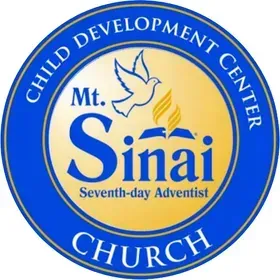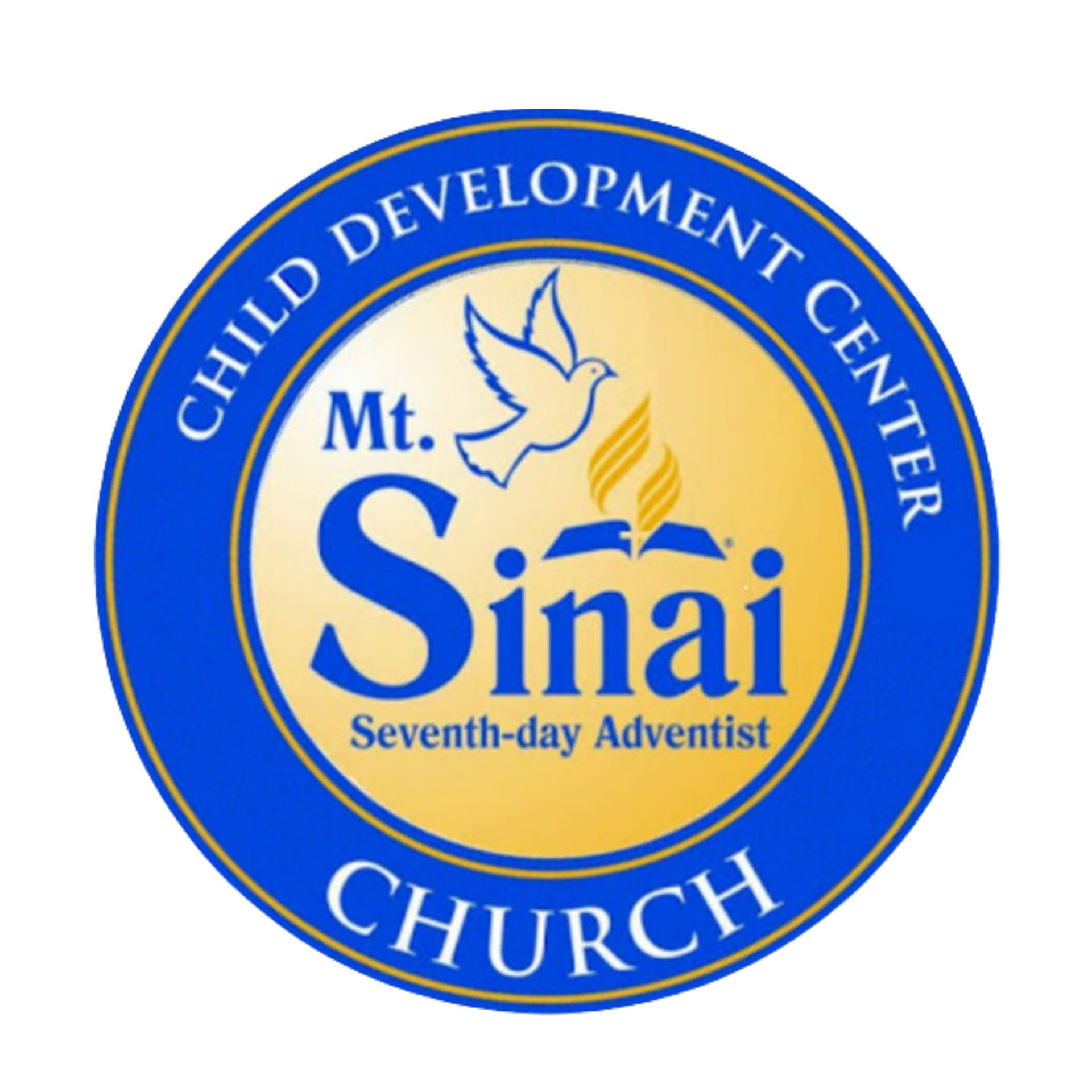Building Strong Foundations for Early Literacy

The Importance of Early Literacy Development
Early literacy is one of the most important predictors of a child’s future academic success. From the moment a child begins to interact with books, letters, and language, they are building the foundation for reading and writing skills that will serve them throughout their education and life. At Mt. Sinai Children’s Development Center (CDC), we understand the critical role that early literacy plays in child development, and we are committed to fostering a love for reading and learning from a young age.
In this blog post, we will explore the various ways Mt. Sinai CDC supports early literacy development. From engaging in language-rich activities to creating a print-rich environment, we ensure that children are given the tools and experiences they need to develop strong literacy skills. These early experiences with language lay the groundwork for later success in reading, writing, and communication.
1. The Role of Language Development in Early Literacy
Language development is the cornerstone of literacy. Before children can read and write, they must first develop a strong understanding of spoken language. This includes vocabulary building, listening skills, and understanding how language works. At Mt. Sinai CDC, we emphasize language development as an integral part of our curriculum.
- Building Vocabulary: Vocabulary development begins early in life and is a key component of literacy. The more words children are exposed to, the better their ability to understand and use language. Through storytelling, interactive discussions, and everyday conversations, we introduce children to new words and help them practice using those words in context. Whether it’s learning the names of colors, shapes, or animals, every conversation is an opportunity for vocabulary expansion.
- Reading Aloud: One of the most effective ways to foster language development is through reading aloud to children. When educators read to children, they expose them to a wide range of vocabulary and sentence structures, helping children develop an ear for language. At Mt. Sinai CDC, we make reading aloud a daily practice, choosing books that are both age-appropriate and engaging. Whether it’s a classic story or a new picture book, we encourage children to listen attentively, ask questions, and predict what might happen next in the story.
- Interactive Conversations: Engaging children in back-and-forth conversations is another way to support language development. By encouraging children to share their thoughts, express their needs, and ask questions, we help them develop important communication skills. Our teachers model good conversation practices, such as making eye contact, taking turns, and listening carefully, so that children learn the importance of both speaking and listening in communication.
By focusing on language development, we lay the groundwork for children’s future literacy skills, helping them build the vocabulary, listening skills, and understanding needed to read and write.
2. Creating a Print-Rich Environment
A print-rich environment is one that is filled with written words and visual language. From labels on classroom objects to signs and posters, children are surrounded by text that reinforces the idea that reading and writing are valuable and meaningful activities. At Mt. Sinai CDC, we intentionally create an environment that is rich in print to expose children to written language on a daily basis.
- Labels and Signs: Everywhere you look at Mt. Sinai CDC, you’ll find labels and signs that help children connect written words to their physical world. Classroom objects, such as shelves, chairs, and bins, are labeled with words and pictures, helping children recognize that words have meaning and are used to identify and categorize things. This constant exposure to print encourages early recognition of letters and words.
- Storybooks and Reading Corners: A central part of our print-rich environment is the library area, where children have access to a wide range of age-appropriate books. These books are filled with colorful illustrations, engaging stories, and interesting characters that capture children’s attention and spark their imagination. By having a designated reading corner, we create a space where children can immerse themselves in stories, explore picture books, and begin to develop an understanding of how stories work.
- Classroom Displays and Visual Aids: Our classrooms feature displays that highlight the written word in a variety of ways. From word walls that showcase sight words to alphabet charts and rhyming posters, children are constantly surrounded by visual representations of language. These displays help children see the connection between spoken and written language, reinforcing the idea that words have meaning and can be used in different ways.
By creating a print-rich environment, we provide children with constant exposure to written language, helping them develop early literacy skills and an appreciation for reading and writing.
3. Phonemic Awareness and Letter Recognition
Phonemic awareness—the ability to hear, identify, and manipulate sounds in spoken language—is a key component of early literacy. It is the foundation for learning to read and write. At Mt. Sinai CDC, we focus on developing phonemic awareness and letter recognition through a variety of fun and engaging activities.
- Letter Recognition: Before children can begin to read, they must first recognize letters and understand their names and sounds. We use hands-on activities like letter matching games, alphabet puzzles, and letter tracing to help children become familiar with the letters of the alphabet. By associating letters with their corresponding sounds, children begin to build the foundation for decoding words when they begin to read.
- Phonemic Awareness Activities: We introduce children to phonemic awareness through activities that involve rhyming, alliteration, and sound matching. For example, we might play a game where children listen for words that begin with the same sound, or we might sing songs and chant rhymes that emphasize sound patterns. These activities help children develop an ear for the sounds in language, which is essential for reading and spelling.
- Sounding Out Words: As children learn letter recognition and phonemic awareness, they begin to practice sounding out words. We provide children with opportunities to engage in simple word-building activities, such as creating words with letter blocks or writing out the first letters of their names. This practice helps children connect letters with their sounds and begin to recognize words in print.
Through phonemic awareness and letter recognition activities, we help children develop the early skills they need to decode words and start reading independently.
4. Developing Early Writing Skills
Writing is a critical component of literacy, and it begins long before children can form letters or write words. At Mt. Sinai CDC, we support the development of early writing skills by providing opportunities for children to engage in writing-like activities from an early age.
- Drawing and Scribbling: Young children often begin their writing journey by drawing and scribbling. These early attempts at writing are important for developing fine motor skills and hand-eye coordination. At Mt. Sinai CDC, we provide a variety of materials, such as crayons, markers, and paper, to encourage children to express themselves through drawings and scribbles. As children progress, we encourage them to “write” their names, draw pictures, and experiment with shapes and letters.
- Writing for Purpose: As children become more familiar with letters and sounds, we encourage them to use writing as a tool for communication. Children may begin to write simple messages, such as labeling their artwork or writing notes to their friends. These writing activities help children understand that writing is a way to convey meaning and communicate ideas.
- Pre-Writing Skills: We also focus on developing the pre-writing skills that children need before they can write letters and words. These skills include tracing, drawing lines, and practicing the correct grip on a pencil. We offer activities that promote these skills, such as tracing patterns, drawing shapes, and practicing basic strokes.
By encouraging early writing activities, we help children develop the fine motor skills, creativity, and understanding of writing that will support their literacy development in the future.
5. Building a Love for Reading and Writing
At Mt. Sinai CDC, we believe that fostering a love for reading and writing is just as important as developing the necessary skills. When children enjoy reading and writing, they are more likely to engage with books, practice their skills, and continue to develop as lifelong learners.
- Reading for Pleasure: We encourage children to read for fun, not just as a school activity. Whether it’s picking out their favorite book to read during free time or listening to a story being read aloud, we make reading an enjoyable and exciting experience. By making books and stories a regular part of the daily routine, we inspire children to develop a passion for reading.
- Interactive Reading: We make reading an interactive experience by asking children questions about the story, encouraging them to predict what will happen next, and engaging in discussions about the characters and events. This interactive approach helps children develop a deeper understanding of the text and builds their critical thinking skills.
- Writing as Expression: We also encourage children to view writing as a way to express themselves. Whether they are drawing, dictating stories to their teachers, or experimenting with writing, we provide opportunities for children to use writing as a creative outlet. This helps children see writing as a tool for communication and self-expression.
By fostering a love for reading and writing, we ensure that children are not only developing their literacy skills but also cultivating a lifelong appreciation for the written word.
Our focus on supporting social-emotional development goes hand-in-hand with promoting health and wellness in early childhood to ensure children thrive emotionally, physically, and socially.
Nurturing Early Literacy at Mt. Sinai CDC
At Mt. Sinai CDC, we are dedicated to providing children with the foundational literacy skills they need to succeed in school and beyond. Through language-rich activities, a print-rich environment, phonemic awareness instruction, and opportunities for writing and reading, we ensure that children develop the skills, confidence, and love for literacy that will serve them throughout their lives.
We believe that early literacy is about more than just learning to read and write—it’s about nurturing a lifelong love for books, stories, and self-expression. By laying a strong foundation for literacy in the early years, we are setting children on the path to academic success and a lifetime of learning.















